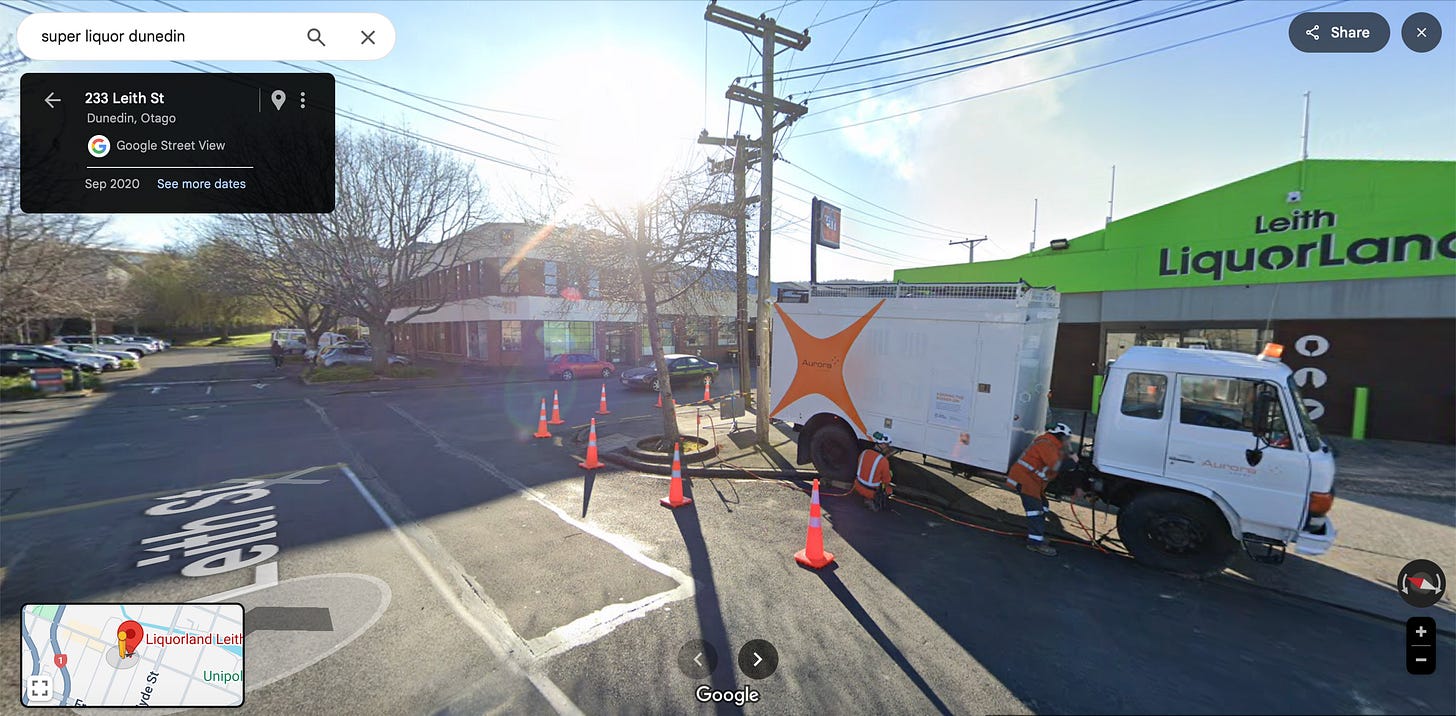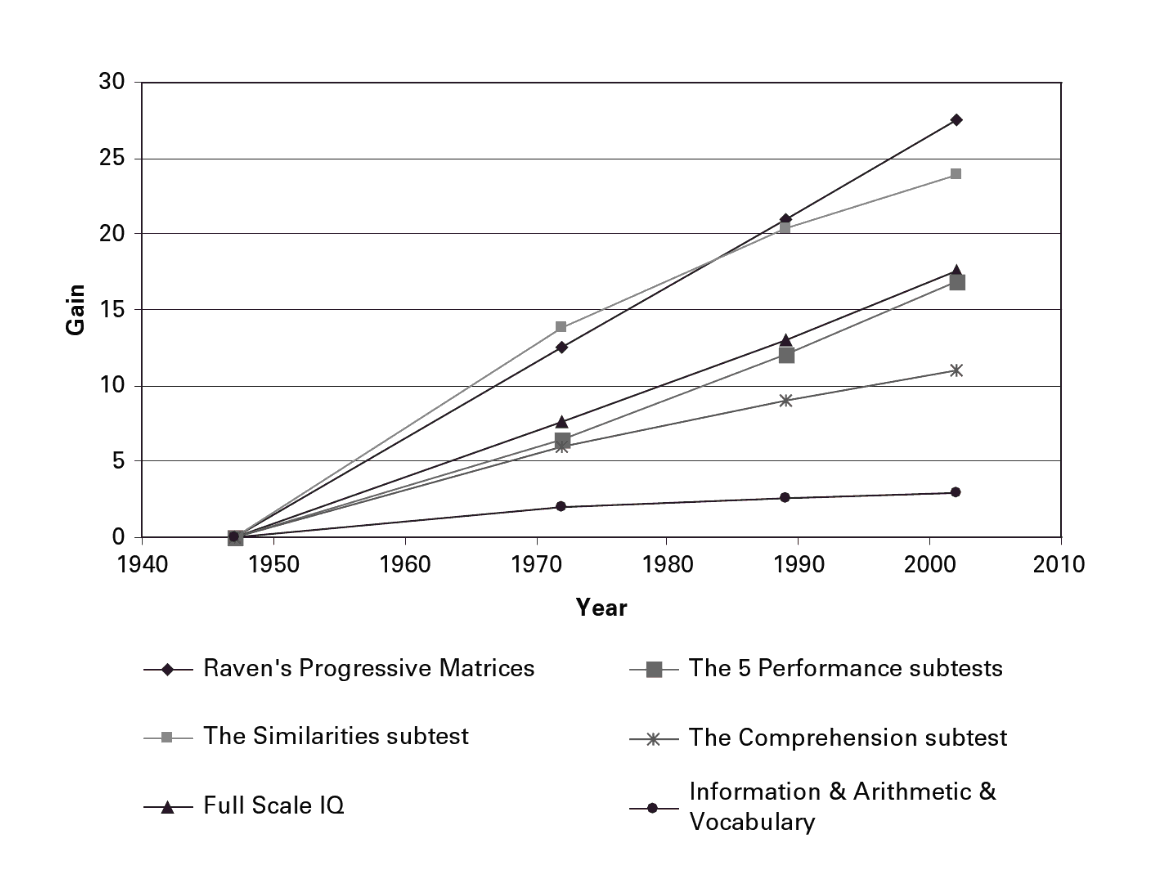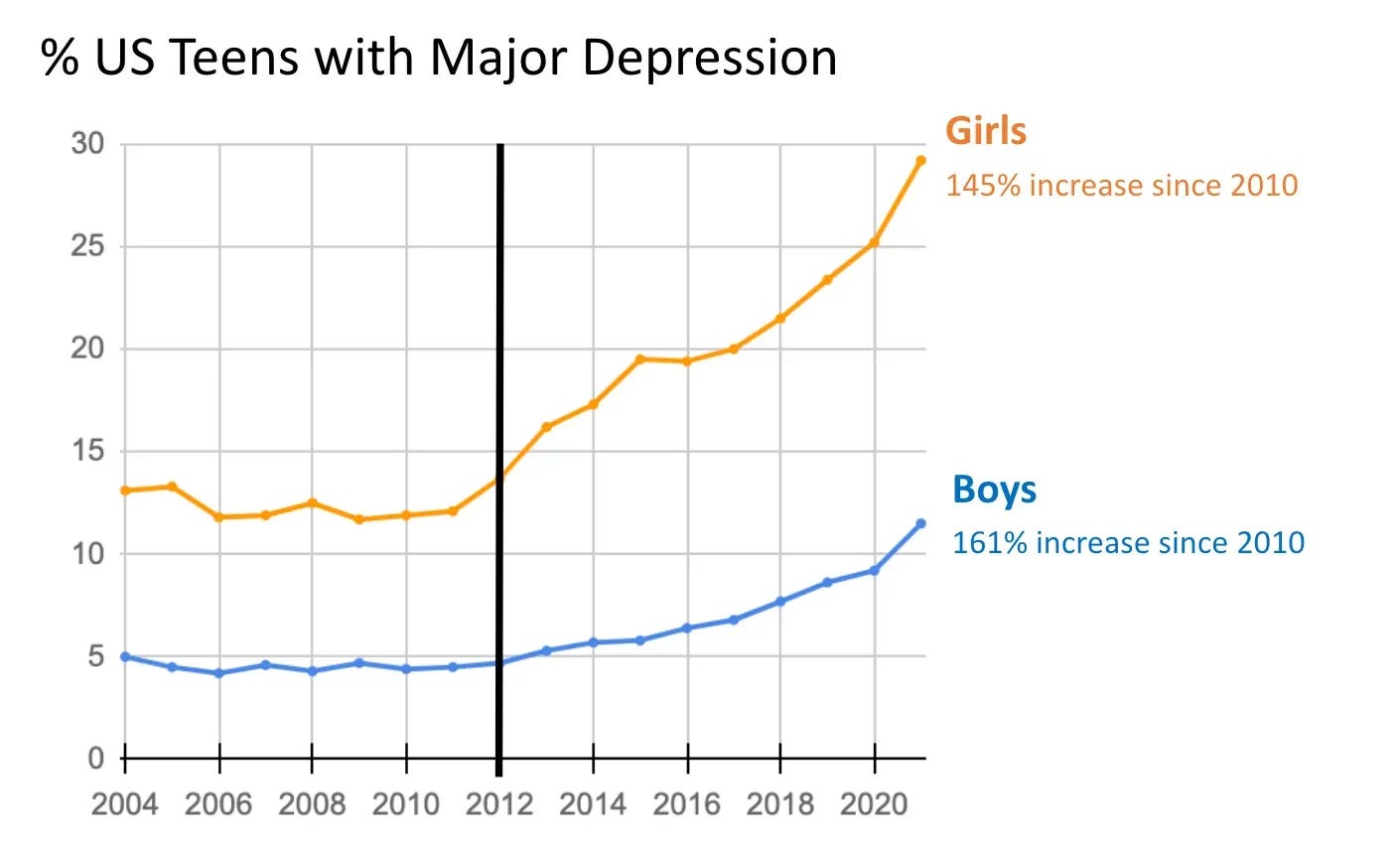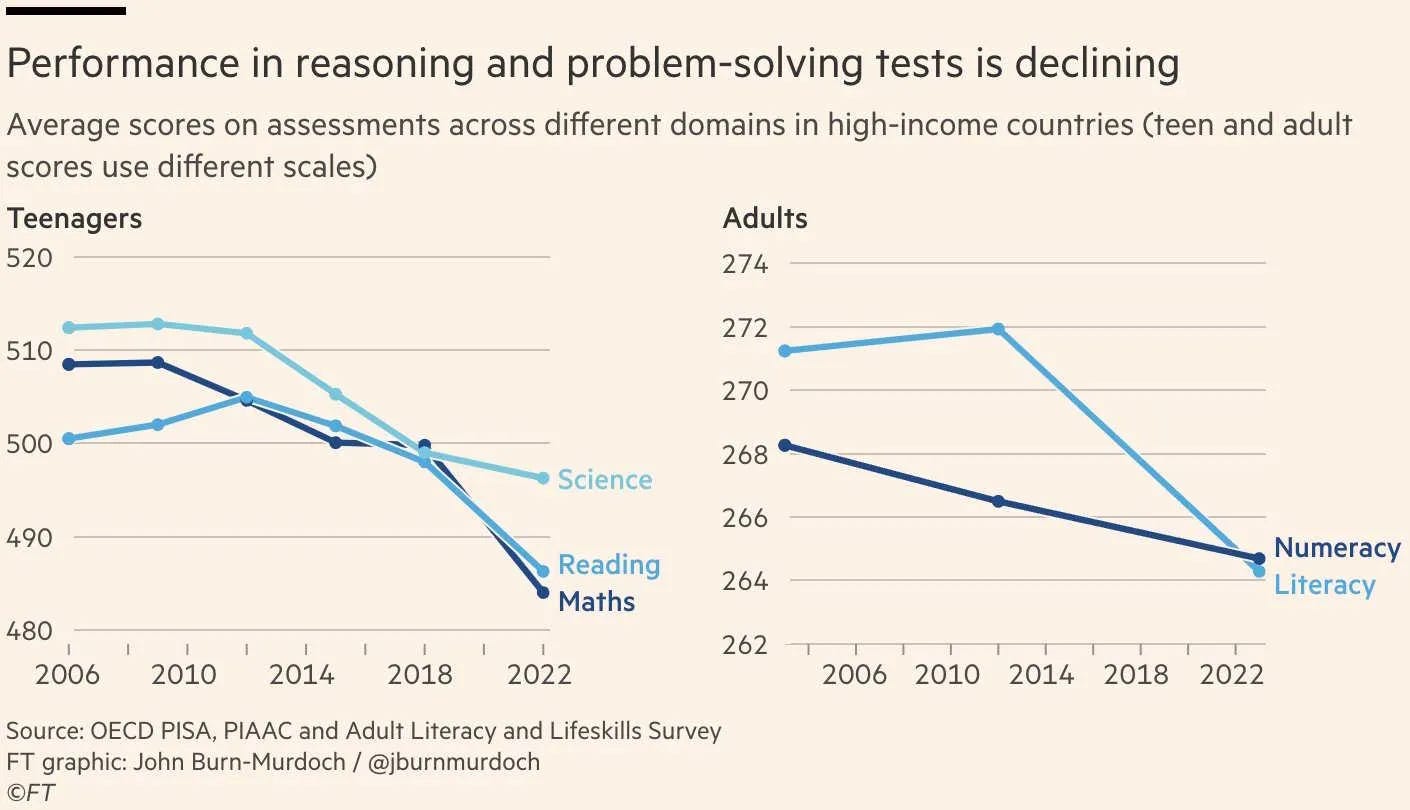Debunking Arguments against the Australian Social Media Ban
Social media sucks actually, and it is good that Australia is banning it for teenagers
Australia recently passed the most comprehensive national ban on adolescent use of social media in the western world. The law threatens social media companies with huge fines if they allow anyone age 16 or under to make an account.
It’s not a complete ban: kids will still be able to use websites that don’t require a login, such as YouTube. These passive consumption sites collect large amounts of anonymous data that they use to fingerprint you: for example, YouTube collects IP address, location data, videos watched, and watch time. The harm will be reduced but not eliminated, as the recommendation engine will be less powerful without the data that comes from account information.
Apps that are based on social interaction through an account will not be accessible to kids, i.e instagram, snapchat, twitter, facebook. This is critical; many mediate their social interactions through these services, and those interactions will move offline, or to more neutral online platforms with no engagement hacking mechanisms, like discord or group text threads.
There has been a dumb but predictable backlash from this law, so through this article I will debunk common arguments I hear in favor of allowing children access to social media.
They will be pushed to darker parts of the internet
A common argument is that blocking kids from being on social media will drive them to darker, less regulated corners of the internet.
In terms of screen time, the big 3 are tv / videos, social media, and gaming. If you ban social media, non technically savvy kids won’t suddenly become Silk Road drug kingpins. They will just watch more Netflix and play more Fortnite. Although these things are a waste of time, at least they are somewhat enjoyable and engaging, unlike getting cyberbullied on Snapchat, developing an eating disorder from Instagram, or getting brainrot from scrolling Tiktok.
From a parenting point of view, video games or tv are easier to limit because there is already a high level of regulation around content; games or movies need to be purchased by parents, and most families have a central entertainment system that is easy to control access to. Contrast this with social media apps, which are difficult to regulate as your kids can access them for free.
To push back even more, I would argue that allowing your kids to let a rip on algorithmic feed sites is already exposing them to a “dark” part of the internet.
For example, influencers such as Andrew Tate are popular among young men, and are radicalizing them to have misogynist views. Before algorithmic feeds, extreme content was limited to fringe sites like 4chan, but now, if your kid watches one video about gaming, they will be recommended men’s rights videos. There is signs this will get worse; due to political pressure, there has been a recent retrenchment of content moderation policies by US tech companies.
It just won’t work bro
Imagine the counterfactual: Should we remove all restrictions and allow people of any age to access vices legally? If we did this, would they be accessed more, or less?
In some places, this isn’t a hypothetical, with predictably bad results. Take the example of smoking. You may remember the meme of the chain smoking kid from early 2010s Facebook. Behind this meme is a sad reality. The child in this meme was an Indonesian child, Ardi Rizal.
Indonesia has one of the highest youth smoking rates in the world. According to Dr. Aman Pulungan (president of the Indonesian Pediatric Society), this can be attributed to widespread tobacco advertising, lack of laws around smoking, and easy access to cigarettes for children.

Making vices difficult to access reduces harm. I’m almost 30 now, but I remember being a teenager recently, and I participated in underage drinking, among other things (sorry Mum, I know you’re reading. I turned out ok.). This wasn’t easy. You had to arrange it - get someone’s dodgy older brother to drop off a crate at your house party, etc.
A anecdotal illustration of this is the fact that there was only a small proportion of people drinking at parties when we were 17, but as soon as we turned 18, everyone was getting smashed. Accessibility produces harm.
Another example; in my hometown of Dunedin, New Zealand (A quaint university town), there is a real drinking problem among students. This has been exacerbated by liquor stores that sit right in the middle of the student area. There are now propositions to ban new stores around campus to reduce accessibility and harm.

It is also important to move the burden of enforcement from parents to the state. With a ban in place, parents, can more easily stand up to kids and say legitimately say “this is wrong because it is illegal”.
This ban also breaks the dreaded network effect; as soon as it’s normal to not have social media, it’s easier to avoid giving your child access, as there is less social pressure on your kid. It’s the difference between being the one weird kid in your school without social media, vs being one of many who does not have it.
Freedom of speech / constitutionality concerns
Lastly, one of the most common critiques of the ban (often used by lobbyists employed by social media companies) is that a social media ban is a form of free speech suppression, and is unconstitutional.
This is obviously a cynical criticism, equating posting on social media to free speech in general. Australia is still a liberal democracy with robust protections for free speech. For example: an Australian Greta Thunberg could still write an op ed for a newspaper, peacefully protest, write a book, or give a speech in their ridiculous accent.
Usefully, this criticism gets to the heart of a common misconception about social media. Politically polarized people (who most of the time are social media addicts) have symmetrical theories about what the main problem with social media is: there is either too much or too little free speech. As an aspiring centrist dad, I’m about to make a false equivalence and roast both sides.
For liberals, the problem with social media platforms is the anarchic dissemination of speech. Western liberals are educated, technocratic elites that believe in expertise. They like representative democracy, but not populism. As such, they think the main harm from social media is the content shared on it, which is truthfully often incorrect or hateful.
In contrast, conservatives think the main problem with social media is not enough free speech, i.e they are being silenced by liberals for having mainstream conservative opinions.
The partisan concerns with misinformation and censorship are both real. But if we want to really understand what’s going on, we have to look at the actual generating function of them, which lies one layer below. As Marshal MChluan would say: “the medium is the message”; As we move our information sources from books and news to social media, it changes how we collectively think and process information. It is more accurate to conceptualize social media as a form of collective derangement of our information processing system, perpetrated for private gain. This type of platform will always have the twin problems of misinformation or censorship. “Content moderation” or “more free speech” are both just partisan bandaids. And these platforms will never be safe for children.
It’s bad for kids, and we have a duty to protect them
At this point, I think I can sum up the academic consensus; smart phones and social media use are absolutely cooking an entire generation.
Take this quote from Jonathan Haidt (prominent social psychologist and social media critic) on reported screen time1
”Screen use is around 40 hours a week for preteens. For teens aged 13 to 18, it’s closer to 50 hours per week. Those numbers—six to eight hours per day—are what teens spend on all screen-based leisure activities.
These numbers vary somewhat by social class (more use in lower-income families than in high-income families), race (more use in black and Latino families than in white and Asian families), and sexual minority status (more use among LGBTQ youth).
I should note that researchers’ efforts to measure screen time are probably yielding underestimates. When the question is asked differently, Pew Research finds that a third of teens say they are on one of the major social media sites “almost constantly,” and 45 percent of teens report that they use the internet “almost constantly.” So even if the average teen reports “just” seven hours of leisure screen time per day, if you count all the time that they are actively thinking about social media, you can understand why nearly half of all teens say that they are online almost all the time. That means around 16 hours per day—112 hours per week—when they are not fully present in whatever is going on around them.”
Here’s another quote, more anecdotal, from an excellent substack essay I read on today’s college students; written by a humanities professor about how kids today literally can’t read and understand undergraduate level material. Mind you, these are kids who picked humanities as their major.2
“Most of our students are functionally illiterate. This is not a joke. By ‘functionally illiterate’ I mean unable to read and comprehend adult novels… Our average graduate literally could not read a serious adult novel cover-to-cover and understand what they read.“
This is concerning. When I’m in an old folks home, I guess my primary care physician will be a gen alpha with brain rot. Hopefully AI will have taken over by then.
This goes against earlier trends of cognitive improvement. Many Dunedin readers may be familiar with the famous Flynn effect, discovered by the Otago academic James Flynn (RIP to a real one); during the 20th century, there was a sustained gain in scores on cognitive tests. This was strongest in developed countries, but also measurable in developing countries.

Like most effects in social science; it can’t really be nailed down to a single cause, but has been linked to several things that all have somewhat of an effect; better schooling and nutrition, less infectious diseases, the removal of lead or other toxins from our environment, etc.
However recent research shows a stagnation in developed countries, and then a downwards trend that coincides with smart phone adoption; this mirrors similar negative trends in mental health that started occurring at the same time. In my previous article on social media regulation for minors, I get more into the research, but a few graphs say all you need to know.3
Smart phones and social media aren’t just time wasters; they are hazardous for your child’s mental health and intelligence. Children are the most vulnerable people in our society, and they are also its future. We have a duty as adults to protect them from things that may cause them harm - with social media and smartphones, the evidence is comprehensive, and legislation restricting use is the only way to break network effects and change behavioral norms. On this issue, it is critical we listen to researchers about the harms, and craft evidence based policy.
I commend the Australian government for standing up to the social media giants and protecting their children. I implore the New Zealand government and other governments around the world to follow their lead before it is too late. Every year we delay it, more and more kids are getting absolutely cooked so Mark Zuckerberg can buy another island.






